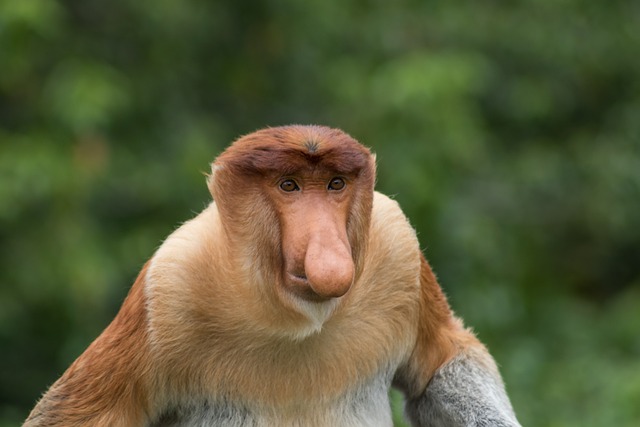Borneo is an exceptional and fascinating destination, which is renowned for its captivating rainforests, breathtaking mountains, rivers, and waterfalls. This region is incredibly diverse, and it serves as an ideal home for a variety of wildlife species with approximately 200 mammal species found within its borders. Despite its breathtaking beauty, Borneo also hides a wealth of wilder creatures that are yet to be discovered. If you're passionate about exploring the world's natural wonders and engaging with local communities, then embarking on a journey to this region is a must.
Borneo's diverse wildlife
Located in Southeast Asia, Borneo houses an extensive range of wildlife, with habitats for many diverse inhabitants. From land animals such as elephants, tigers, and rhinoceroses, to flying creatures such as hornbills, kingfishers, and bats, you can experience a wide variety of fauna on the island. The waters off Borneo's coast also house a plethora of marine life from barracuda to dolphins and whales. Additionally, some jungles in Borneo have exemplified conservation efforts by flourishing with over 140 species of trees, resulting in a dense canopy that limits sunlight. Visiting Borneo gives you an incredible opportunity to learn and experience diverse wildlife not otherwise found elsewhere.
Various animal species can be found in Borneo
The biodiversity of Borneo is exceptionally rich, and one can find several species of animals there. The rainforests of Borneo are particularly home to a multitude of primate species, including orangutans and gibbons. The freshwater streams and rivers of this region provide a natural habitat to a significant freshwater fish, namely arowana. Borneo is also home to a wide range of other animals such as marbled cats, proboscis monkeys, and free-roaming elephants. Make sure to keep an eye out for these unique and rare creatures while exploring the region. You can book a Kinabatangan River trip to get a firsthand experience with these diverse animal species.
Unique Varieties of Flora in the Forests of Borneo
Borneo boasts a plethora of fascinating and distinct plant species, including carnivorous pitcher plants and the towering Cuplak tree. The Nepenthes attenboroughii, a scarce type of pitcher plant, is particularly noteworthy as it not only traps insects, but also allures and submerges small frogs, rats, and lizards. Additionally, Borneo is home to a diverse range of plant varieties that cannot be found anywhere else, such as unique orchids and miniature palms with intricately detailed foliage. If you're a knowledgeable reader seeking to learn about Borneo's exotic flora, these facts should pique your interest in the island's beauty.
Effective safeguarding of habitats
Borneo is a habitat for a diverse range of fauna, such as tree shrews, slow lorises, and clouded leopards, among others. Unfortunately, some species are faced with the threat of extinction due to illegal poaching and other environmental factors. To combat this, various organisations have taken initiatives to safeguard the animals of Borneo. For instance, local conservationists are conducting awareness campaigns to educate the public about the significance of wildlife protection, and rangers are conducting patrols in endangered areas. Additionally, universities are conducting research to determine the appropriate preservation methods for these creatures and their habitats, and knowledge-sharing initiatives are being launched. Despite the potential hazards posed by poachers or other threats to these populations, locals are taking measures to protect the wildlife of Borneo through proper preservation efforts.
To sum up, Borneo houses a vast range of animal and plant species that are exclusive to this region. Therefore, it's crucial to take conservation and protection measures to prevent the extinction of these species for future generations. Numerous international and local organisations have made efforts to safeguard the flora and fauna against the threat of deforestation and other human activities. As we continue to gain a better understanding of Borneo's habitats, it's hoped that we will be able to implement more effective measures to preserve its unique residents for years to come. By grasping the intricacies of nature and its delicate equilibrium within a single ecosystem, we are one step closer to safeguarding this special part of the world.
